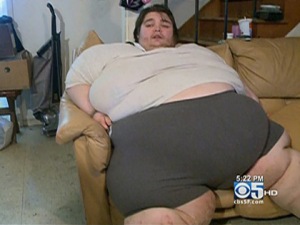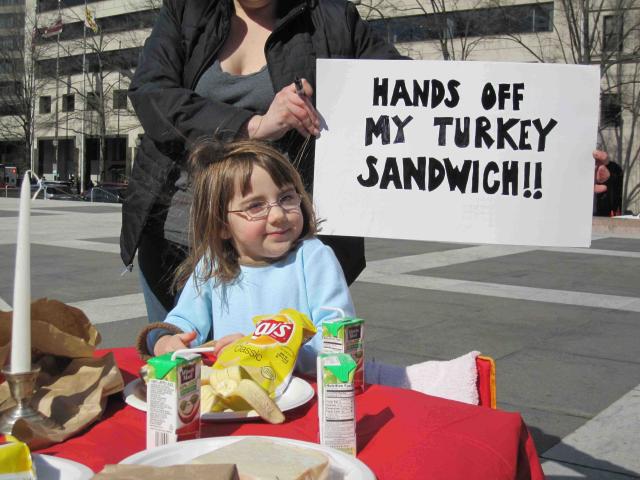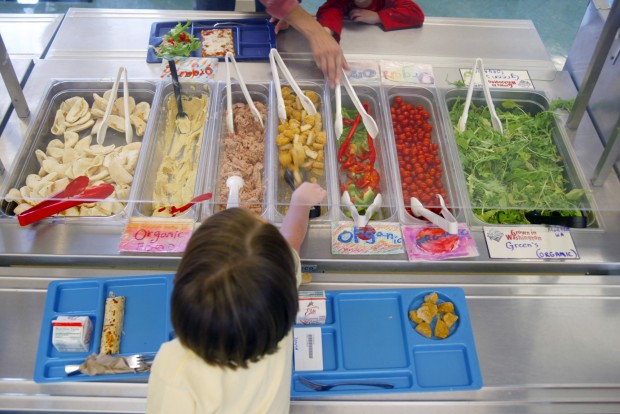
Mary Poppins, Disney’s most revered children’s expert, once sang, “A spoonful of sugar helps the medicine go down,” encouraging parents everywhere to mask bad taste in sugary sweetness in the best interests of their children’s health. Mary Poppins could not yet have known that sugar would become viewed as a generally toxic substance, particularly for the 17% of U.S. children who are now considered clinically obese.
In fact, sugar and other unhealthful, fat-laden empty calorie foods have become key to the successful business model of the Walt Disney Corp. For instance, according to Disney’s own website, more than 75 million Coca-Colas are consumed each year at Walt Disney World Resort, washing down 10 million hamburgers, 6 million hot dogs, 9 million pounds of French fries and more than 300,000 pounds of popcorn. While it is true that more than 30 tons of fruits and vegetables grown at The Land pavilion at Epcot Center are served in Walt Disney World restaurants, it also is true that Coca-Cola is the sole global beverage provider for all of the company’s 11 theme parks worldwide, and actually was Disney’s very first television show sponsor back in 1950. If you think Micky is serious about healthy eating, I have a bridge in Brooklyn to sell you.
And thus it is either with unbelievable chutzpah or a flair for dramatic irony that Disney recently opened an exhibit in Epcot Center called Habit Heroes that is intended “to teach families how to be healthier.” The exhibit, which was specifically oriented towards fighting childhood obesity, was a project sponsored by Florida Blue and Anthem Blue Cross Blue Shield. My friend sent me an article about this exhibit, which was shuttered for “retooling” within three weeks of its opening. Why, you ask? Because the exhibit was believed by child obesity experts to flaunt negative stereotypes about being overweight, demonize fat kids and promote bullying and to use shame as the primary motivational tool to teach overweight kids that they need to change their ways to improve their health.
Among the experts who weighed in (no pun intended) on this exhibit was Dr. Yoni Freedhoff, an assistant professor of family medicine at the University of Ottawa and family medicine chair of the Canadian Obesity Network. “It’s so dumbfounding it’s unreal,” Dr. Freedhoff was quoted as saying. “I just can’t believe somebody out there thought it was a good idea to pick up where the school bullies left off and shame kids on their vacation. There’s no doubt in my mind that overweight and obese kids going through this exhibit are leaving feeling horrible about themselves.”
How bad could Habit Heroes have been? Well, the The National Association of Fat Acceptance (okay, who knew?) issued a press release with the title of Hi Ho! Hi Ho! A-Stigmatizing Fat Kids We Go! in which they detail some of the exhibits and associated characters, which include:
“The Glutton, Overeating and eating too fast”
“Snacker, Too much fatty, processed food”
“Lead Bottom, Not enough exercise”
“Stinkbomb, Bad hygiene”
“The Fungus, Eating rotten or expired food”
“Stress Case, Stressing Out”
“The Prescriptor, Ignoring doctor’s advice” and,
“Cereal Killer, No time for breakfast”
To get the full effect of how charming this whole thing was, you really have to look at some of the character photographs that go along with the names. All I can imagine is that this exhibit was left to interns to develop or that the Disney marketing department issued itself a challenge to use up their past character rejects in an effort to conserve animation costs.
But to pick on little kids who are the bread and butter of your revenue stream? That isn’t just lame, it’s self-destructive. It is particularly surprising to think that Disney was aided in its efforts by a health plan, which, if they are like any of their peers and I am sure they are, has to be thinking about how to increase their brand appeal to consumers in a world where consumers are more and more the buyers of health insurance. I have two words for them: Focus groups.
Clearly childhood obesity is a terrible problem that sets a child up for an adulthood of medical misery. There is a massive amount of research going on in the healthcare and behavioral sciences fields to figure out what is necessary to sustainably change poor health habits among children and adults alike. The Holy Grail is figuring out the right combination of motivation techniques that will get people to eat right and exercise and take good care of themselves on a long-term basis. And there are a whole host of other social factors involved, such as the fact that healthier foods tend to cost more than processed foods and that healthy foods are not even available in many lower income communities. It is a complex problem.
One thing that social science has pretty much proven already, however, is that villanizing people who don’t do what you want them to do isn’t a prescription for getting the outcome you want. By showing healthy skinny kids vanquishing evil fat kids, you aren’t going to make the chubby ones run out and buy a cape to compliment their about-to-be-toned abs. You’re probably just going to make them feel bad about themselves and as we all know, when people with food issues feel bad about themselves they tend to eat more, not less.








